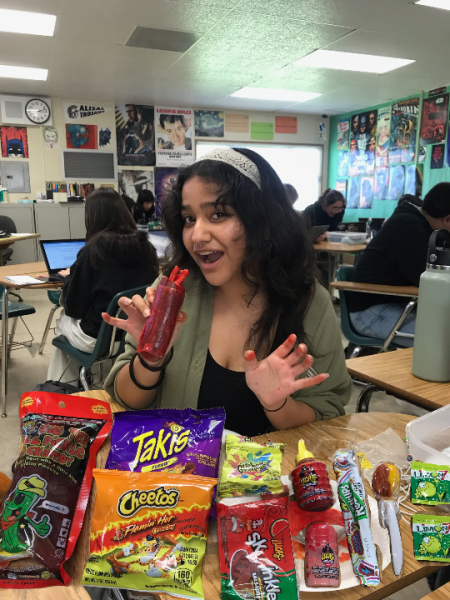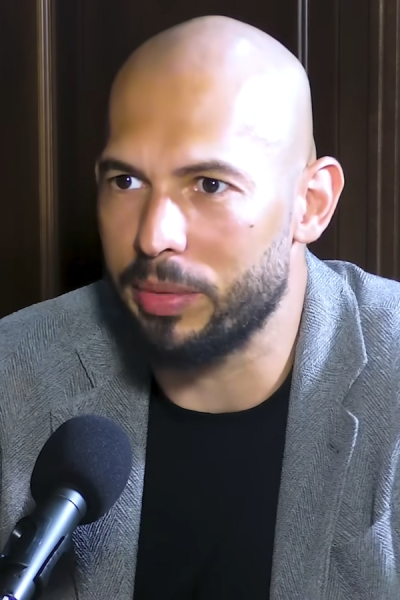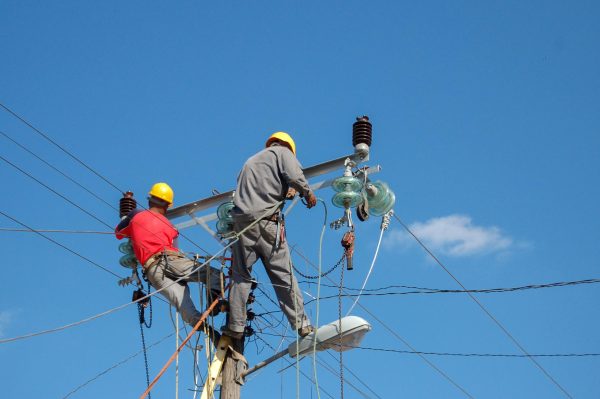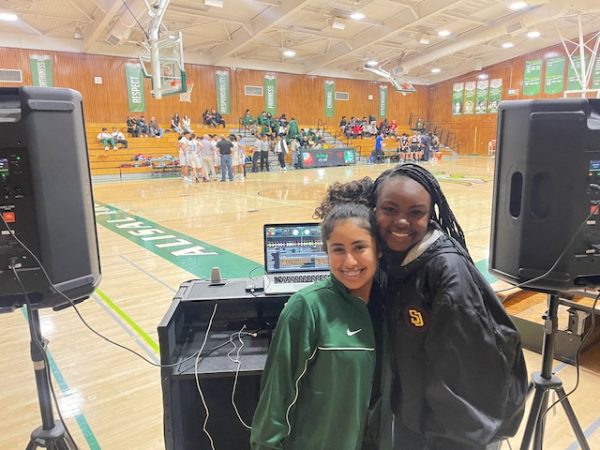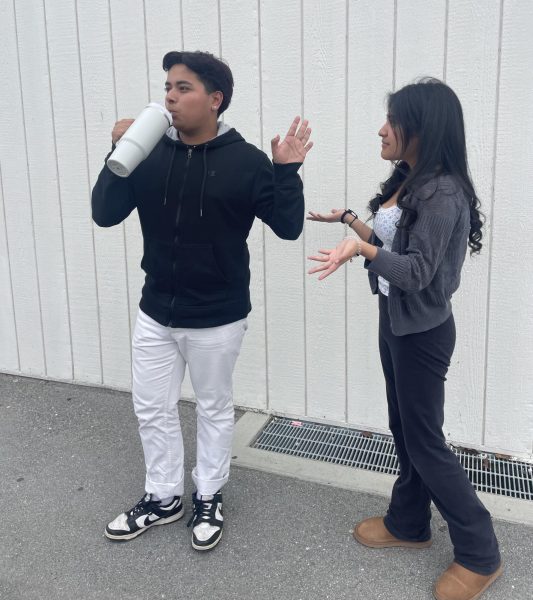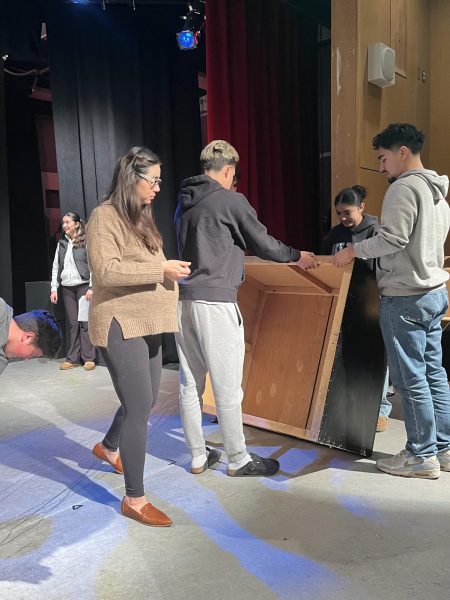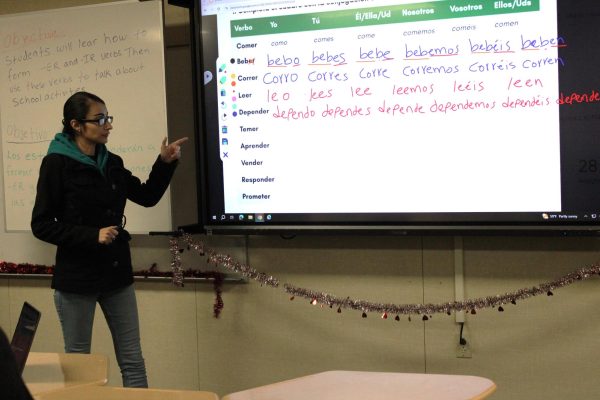Social media pros
Technology, especially with social media, is something that we use in our daily lives. Whether it’s getting informed on daily news or contacting friends, social media is a powerful tool. We communicate with our friends or coworkers, entertain ourselves with something our friends post, and inform ourselves with the current news all around the world.
One main thing most people think of when they think of social media is self-esteem. They think that social media decreases self-esteem, but it has increased self-esteem for people who feel that they are alone, that no one can understand what they are going through. When people post pictures of themselves, they have close friends and relatives that will help boost their confidence by commenting and liking their pictures. When we post selfies of ourselves online we usually take time before deciding if it’s “appropriate” for social media, we take our time search for the “perfect” filter and if needed we change our outfits a couple of times to look our best. Just like the clothes you wear describe your personality or identity, so does your selfie. In most social media profiles you’ll find selfies that are empowering and healthy, showing someone’s best self, or showing how they are feeling that day. By wearing clothing that empowers or gives you confidence, your attitude improves not only towards other people, but also yourself, and that’s what self-esteem is. Artists use social media to increase their “popularity”, as an artist of music, or handwritten art. They want their product to be out there with people, to grow and for people to appreciate their work. Writers use twitter commonly because Twitter is mostly used for posting words than pictures. They can post their work and wait for either appraisement or criticism of their work. Instagram is better suited for either a ¨wanna-be photographer¨ or a professional photographer. Creating “buzz” for their art exhibition, to spread the word to people for them to buy a ticket for the show.
Social media gives people the opportunity to open up and vent with the help of pictures and words. Twitter, for example, is most commonly used to express your opinion about something with the limit of 280 characters, while Facebook, Instagram, and Snapchat, are mainly designed to share pictures. Some people will post their feelings on social media platforms because they don’t have someone to talk to in person. According to the article Social media bad for the minds of young people, right? Maybe not., people will usually reach out when they see someone post something negative online.
It can also be used for education – specifically, collaborating with teachers or other students to work on homework and other assignments. To avoid the possibility of students failing or falling behind in the course and possibly to teach. Anna Martinez, a Spanish Heritage and AP Spanish Language teacher at Alisal, uses Facebook and Instagram to teach her students the dangers that come along with social media. Marlene Hernandez, a junior who had Martinez for Spanish Heritage says, “When we post images, we post them to share what we are doing but we don’t think of the consequences and sometimes we don’t think it’s bad or inappropriate. That’s what Ms. Martinez taught me, to stop and think of the consequences of what a post can do.” Mr. Ledesma, a Math 1H and Robotics teacher at Alisal, uses Snapchat and Instagram for students to not have an excuse as to why they can’t communicate with him. Ledesma says, “I should make myself available to my students, after all, I do demand a lot from them.” And for his shy students, if they need help, he can be reached.
Social media helps connect people from all over the world. It doesn’t matter if you are a few hundred feet apart or a couple of hundred miles away, social media helps be with someone despite the distance. If you can’t be with that person physically, you can still contact that person to ask them how their day was or even to ask if you can copy their homework. For students who travel to another state or country, What helps them communicate with their friends back home? Social media. Helping them keep in touch, to help them out with a certain problem, or just chat about how their day was.
For those people who think social media is a magnet for predators, there are multiple ways to protect yourself. First, minimize the amount of information you let the public know. If you expose too much of your information there are possibilities of people stealing your identity. And/or worse, if people have programs that can decode your location on pictures, they can do two things; either see that you aren’t home and rob your home or in worst-case scenario harm you! On Iphone’s it’s easier to change your phone’s settings to stop tracking your locations. (Settings> Privacy> Location Services> and choose the apps that can use your location: always, while using, or never.) For PC’s there are VPN’s (Virtual Private Network) besides that, there are several companies who sell VPN services to customers for around $7-12 p/month, $50-80 p/ year, or for those who need a greater encryption plan, these plans can vary up to $120.
Blue light is caused by artificial light – any kind of light bulbs and screen. Blue light can be beneficial during the daytime by increasing your reaction times, attention and your mood. But during the night it messes up your circadian rhythm, your body’s biological clock, so you lose melatonin and this loss of melatonin can associate with cancer and your circadian rhythm. Mobile devices can cause damage to your eyes and/or to your health. In multiple eye care centers, you can buy screen protectors for, most commonly, iPhones to reduce blue light produced by your iPhone, iPad, MacBook, or Android. You can buy these glass screen protectors for around the same price as an average screen protector for your phone around $10-$30, and of course for an iPad or MacBook it’s between $30-$50. You can also buy some for your monitors, or if you wear glasses you can get special lenses to block out these blue light. If you don’t want to spend any money on certain apps like YouTube, you can put a restriction to minimize your time spent on that app. Or again, there is a setting on our phones to put a time limit.
Even with all the cons that come along with social media, the pros outweigh them. Cons about social media can be avoided by just being careful, not overstating your information, not overthinking what you post (at least not too much), and just buy a screen protector that isn’t from your service provider.
Your donation will support the student journalists of Alisal High School. Your contribution will allow us to purchase equipment and cover our annual website hosting costs.








